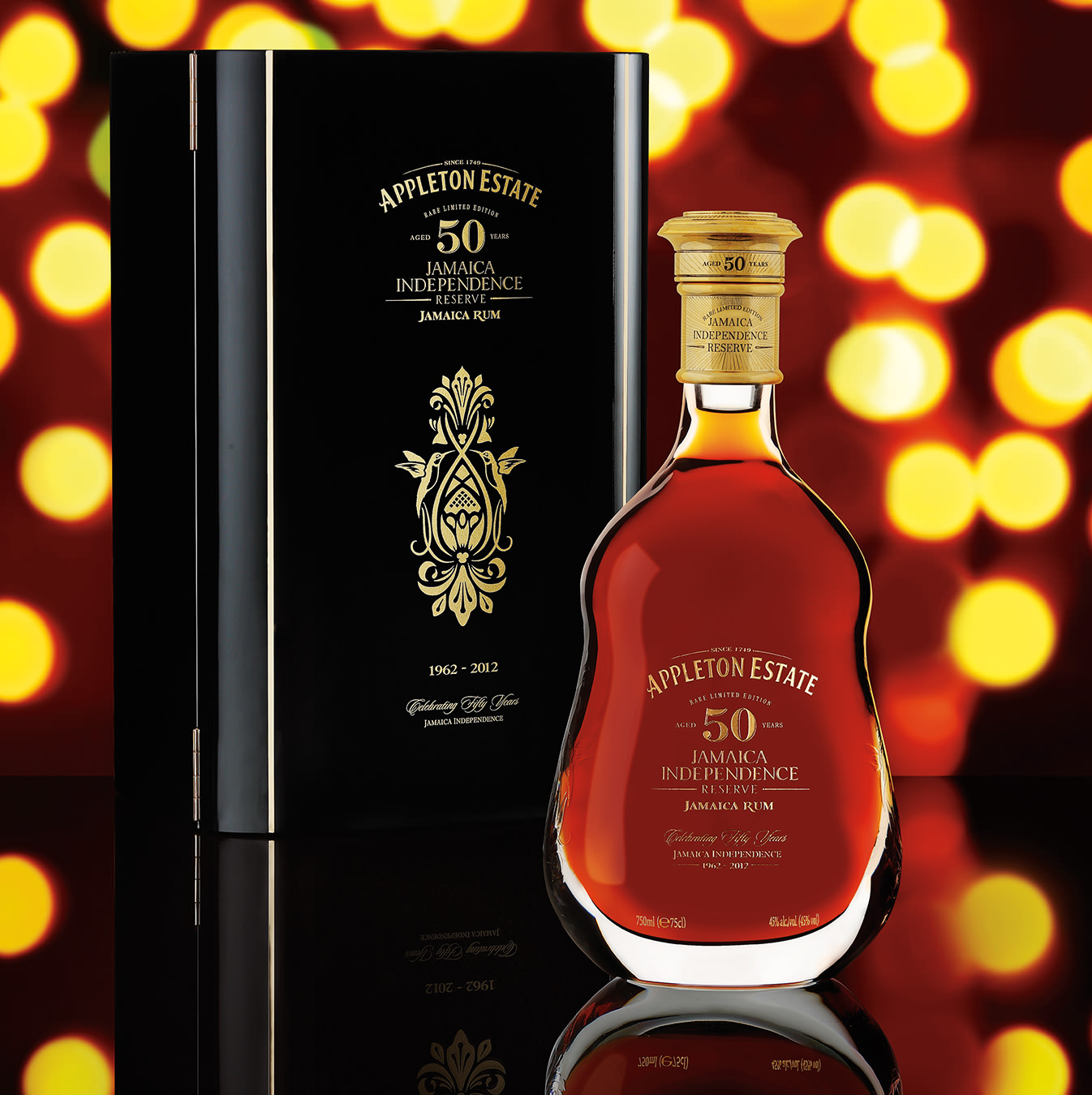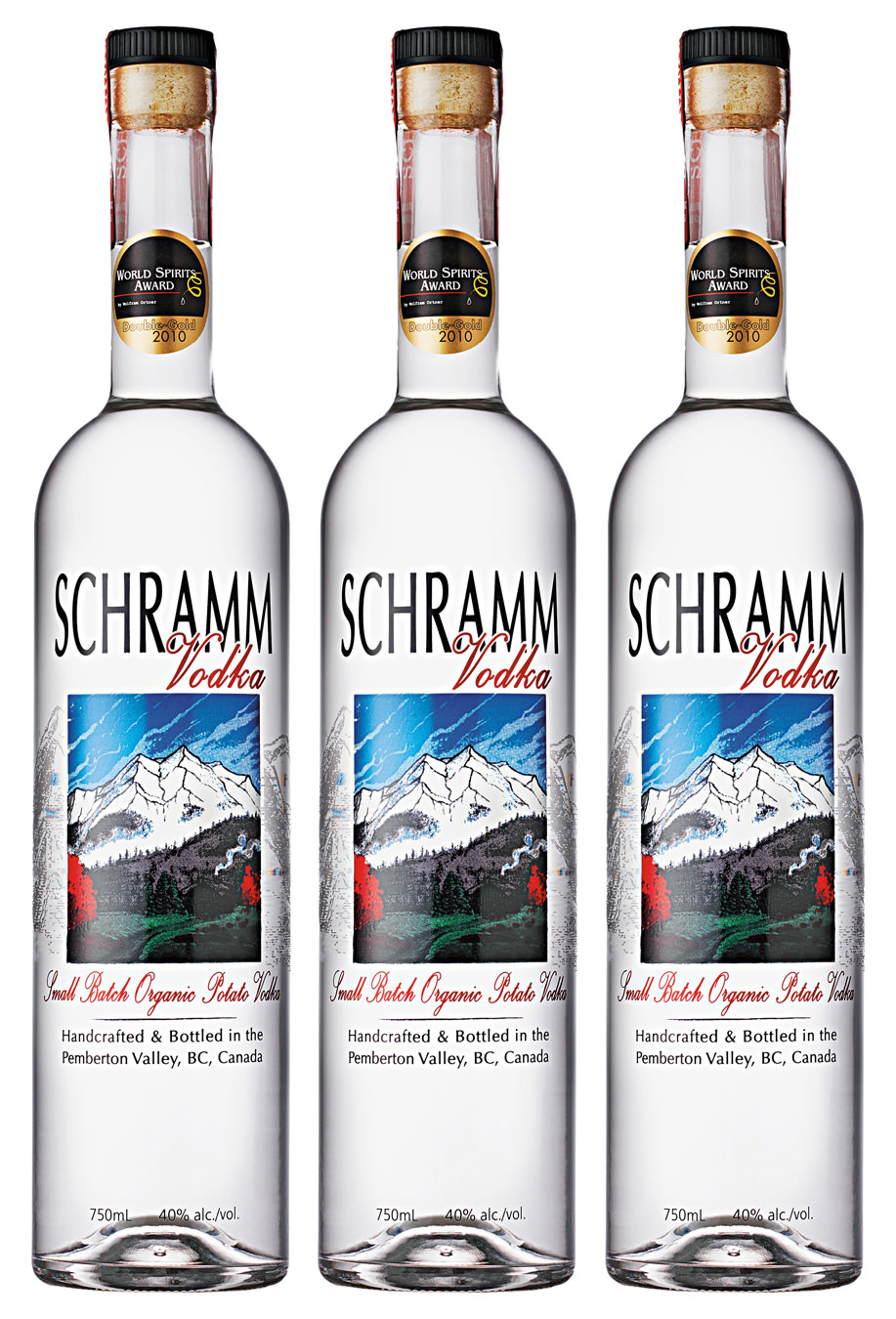-
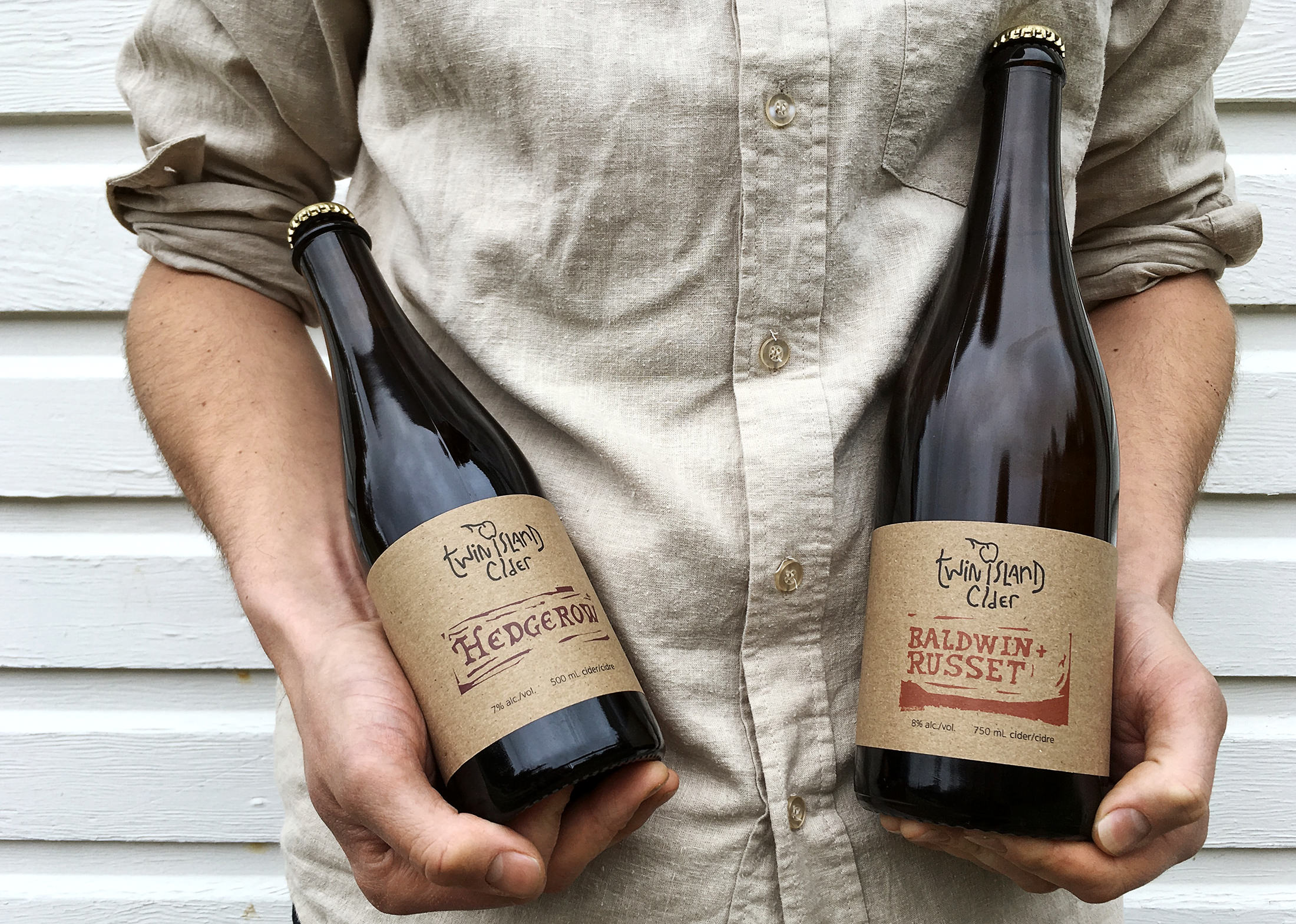
Twin Island Cider.
-
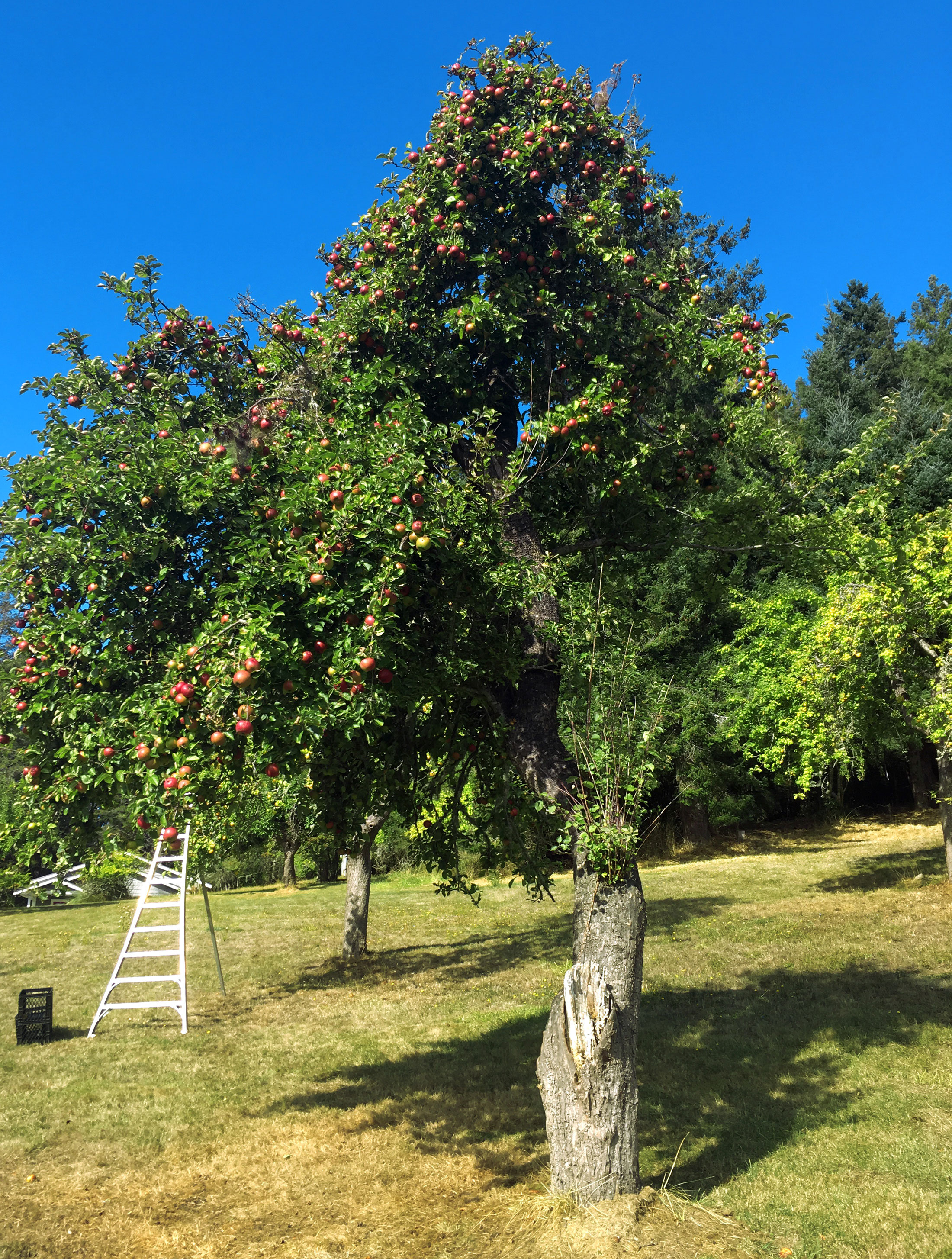
Baldwin apples, used in Twin Island Cider’s Baldwin & Russet cider.
-
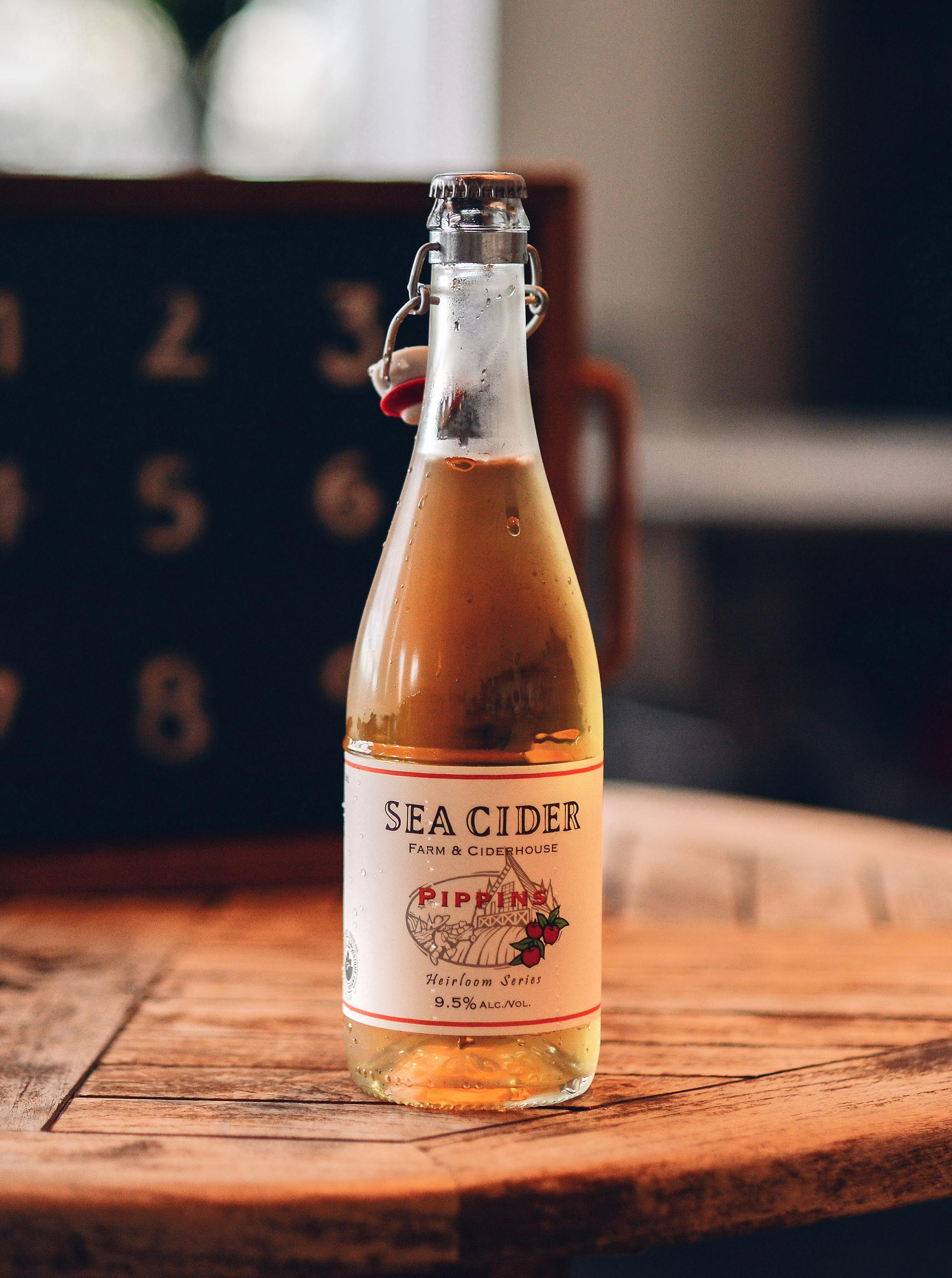
Sea Cider.
Photo by Mike Pepperdine. -
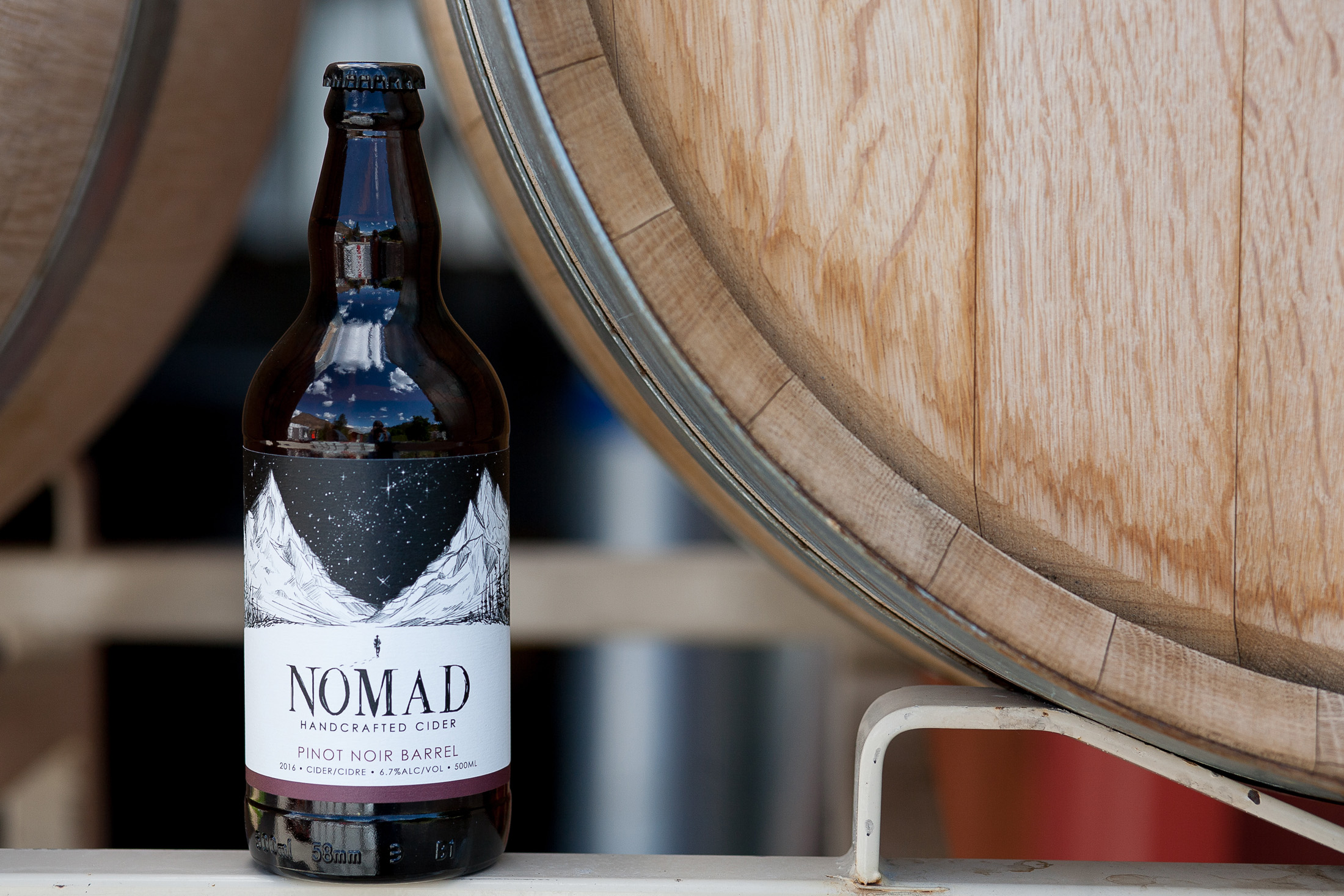
Nomad cider.
-
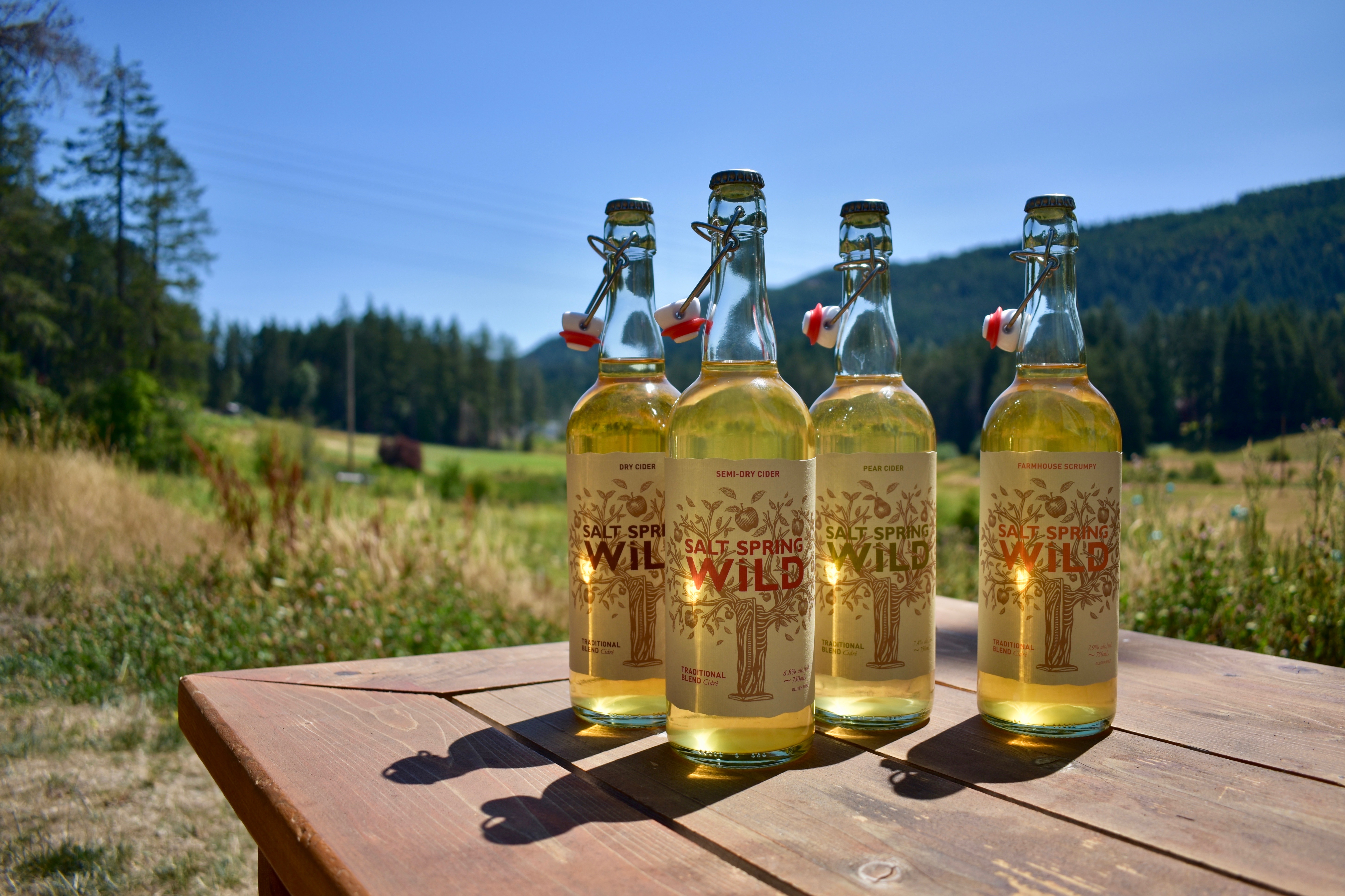
Salt Spring Wild cider.
B.C. Craft Cider
How do you like them apples?
In San Sebastián, here’s how you drink sagardo, the apple liquor of the Basque people. Step one: get yourself to a sagardotegi, or cider house. Sagardo is traditionally drunk with food and company, over time, in a ritual called txotx (pronounced chotch). From time to time, the clarion call rings out: Txotx! That’s step two. Glass in hand, run to the barrels. Run! Because when the plug is pulled, out streams the cider and each guest must—step three—do their best to catch their share. Wait your turn, hold the glass low to the floor, and let the liquid plash the side—this aerates the cider, which is uncarbonated. Don’t fill too much—it’s to be swallowed in one draught and it’s bittersweet, full of complex tannins and esters, unfiltered, natural, dynamic. Step four: down it goes! And savour. Drink, eat, be merry. And then again… Txotx! Run!
How different this is from the bush parties of my youth, with their all-you-can-chug cider, if the same word can cover centuries-old Basque liquor and aggressively sugared alcoholic apple juice. Well, everything changes. Today, craft cideries are taking over the world, especially this corner of it, where a perfect storm of heritage orchards, government tax breaks, and artisanal fervour are building a Pacific Northwest style of craft cider that may, one day, yield an authentic txotx culture that British Columbia, and Canada, can call their own.
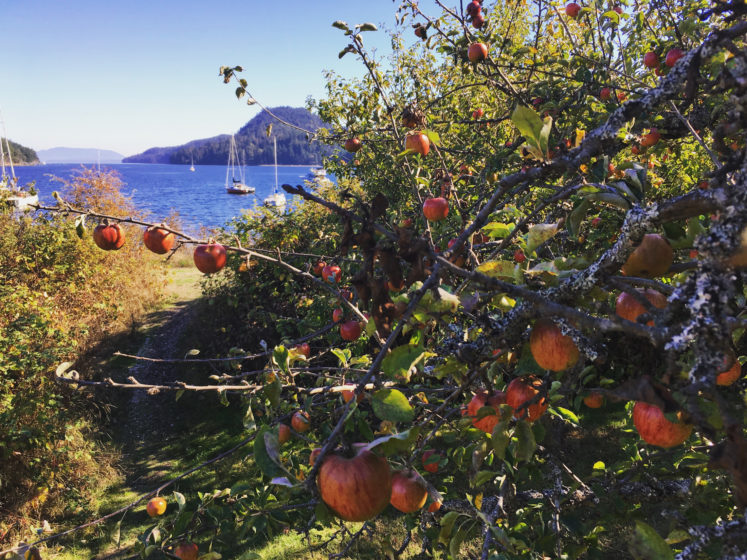
King of Tompkins County apples grown on Pender Island, B.C., the foundation of some Twin Island Cider brews.
If and when that happy day arrives, we’ll owe a debt of thanks to Kelly and Shawn Pisio, two (married) Vancouver entrepreneurs passionate about craft cider. How passionate? A few years back, they both quit their jobs (he in software, she in marketing) to start Txotx Imports, which brings in (mostly) Basque ciders and foodstuffs. The name suggests how the pair encountered sagardo. They went to visit a friend, says Kelly, pointing to said friend, Michael Broadbent, who’s now standing across the room where we’re chatting. He was cooking in San Sebastián, so off they went and txotx! By the time all three wound up back in Vancouver, that shared passion for Basque flavours birthed not just the import business, but also Orchard & the Sea, a craft cider house and restaurant (which has made its pop-up home at various Vancouver eateries, such as the Birds & the Beets, and most recently Jefferson Alvarez’s Cacao), where tonight Kelly is sharing a sampling of food alongside a flight of imported ciders brought to the table by Shawn.
The flavours on the plate are bold—piquant, smoky, spicy—to stand up to the drink. Bereziartua (a family cider mill est. 1870 in Astigarraga) is astringent, acerbic, oddly inert to a palate accustomed to bubbles, then in a rush it’s sunlight on leaves and the stems of apples and something a little barnyardish. It calls for food and fervent argument. The next glass, from Nomad Cider in Summerland, B.C., is tart and dry too, but with a champagne-yeast-style bubble and a tannic complexity that comes from finishing the steel-fermented cider in pinot noir barrels. Dancing, definitely dancing, this one.
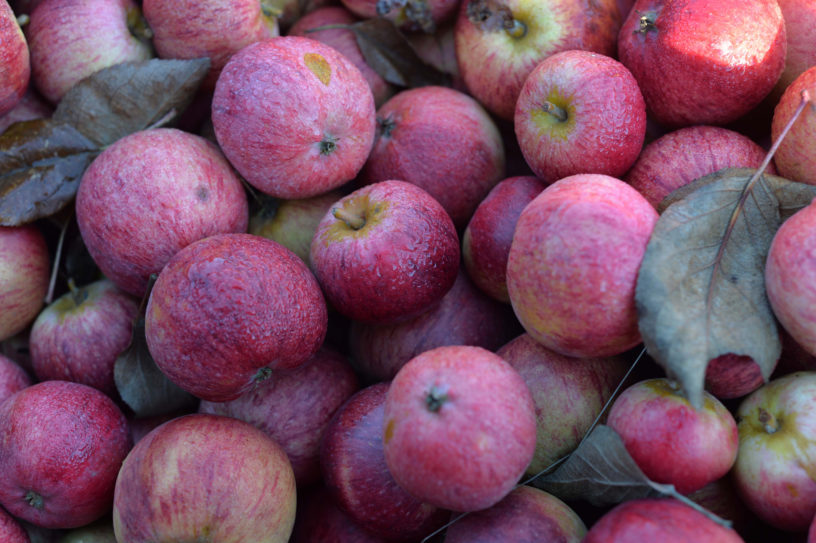
Sea Cider uses certified organic apples from their own orchard.
Kelly Pisio also shows her passion for cider by organizing the annual BC Cider Festival—along with her husband, Broadbent, and Rich Massey—where this year 35 producers walked the curious through their lines. Many of the orchards are located in the Okanagan, but the standout producers—especially Pender Island’s Twin Island Cider, Vancouver Island’s Sea Cider, and Salt Spring Wild on Salt Spring Island—were mostly off the coast. There, the first settlers planted heritage apple varieties (bittersweet, not dessert) that continue to this day. Salt Spring, for instance, puts more than 30 types into its appealingly crisp Dry. But the crown of the show went to Sea Cider, which has been making ciders for over a decade (a lifetime in a nascent industry) in a bewildering array from super-dry Wild English to the honey-boosted Birds and the Bees, and such peculiarities as Black Applejack and the winter-themed Wassail.
There’s much discussion about cider these days. Is it more a beer (it’s yeast fermented) or a wine (it’s made from fruit)? Is it even drinkable if it’s not craft? Is sweetening allowed? The federal government puts it in the catch-all category CCORBs (ciders, coolers, and other refreshment beverages) and pegs growth at about 25 per cent over the last few years, but that’s still a drop in the overall barrel (less than one-twentieth of domestic liquor sales, even when you include alcopops). So there’s a long way to go. But makers should take hope. It wasn’t that many years ago that craft beer was a novelty, with perhaps a single carefully made ale in a fridge of Big Beer. Now, that one outlier in most pubs and breweries is a cider. And if we take an even longer view, there was a time, before Prohibition, when the pioneers didn’t choose beer or water as their number one sip. What kept them moving? The same thing that keeps the Pisios in business: this magical fruit elixir.
_________
Never miss a story. Sign up for NUVO’s weekly newsletter.


